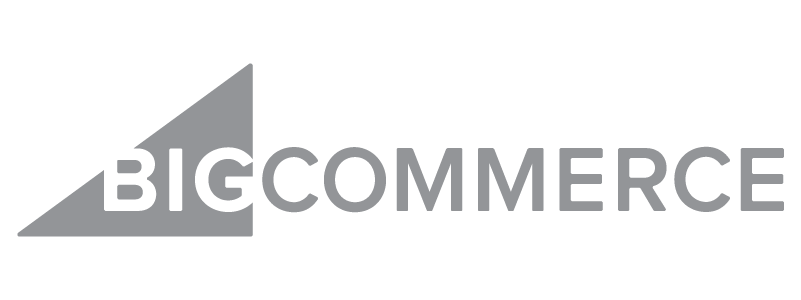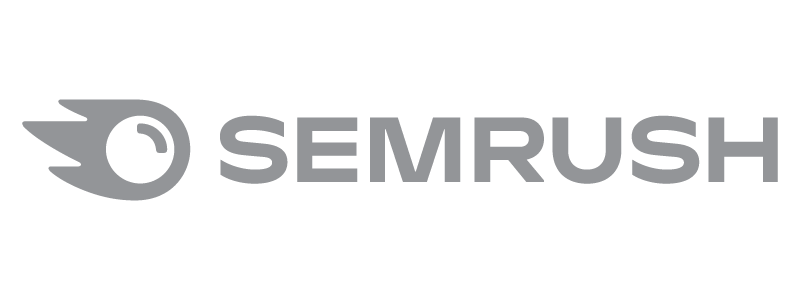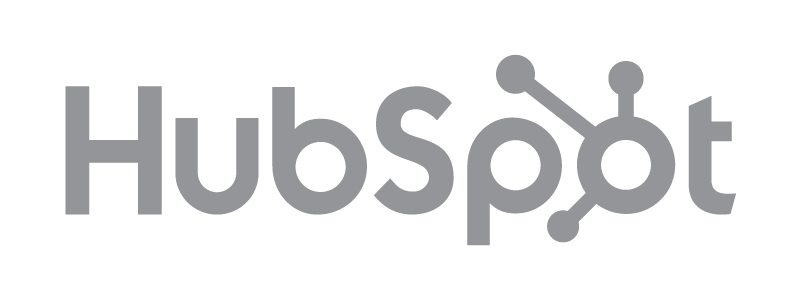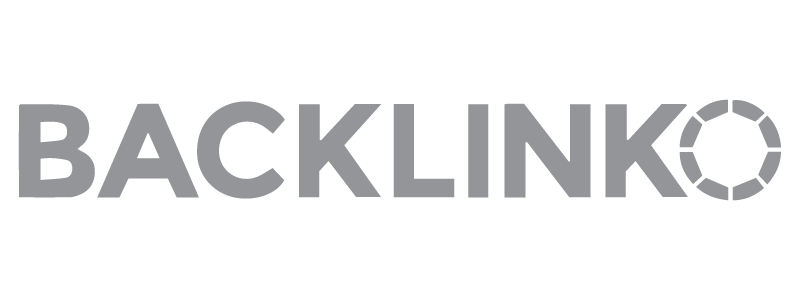In building a house, you’ll need a foundation to ensure it stands the test of time and the changing of seasons. Amazon isn’t much different: you’ll need a foundation in search engine optimization. When your Amazon listing optimization is solid, you are assured that your listing has a fair chance of appearing on the first page of Amazon search results.
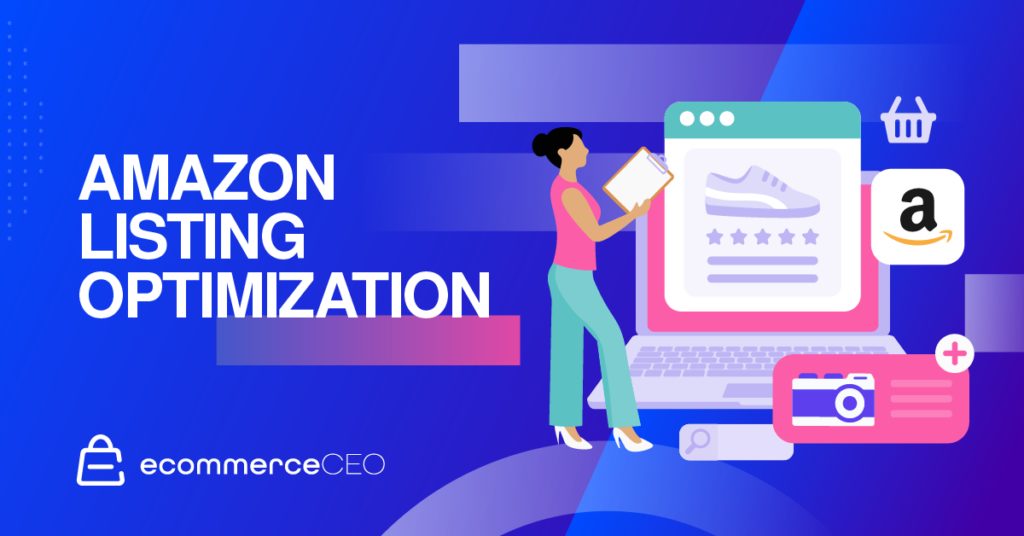
This article will provide all the details you need to know about Amazon search engine optimization (SEO), optimizing your product listings, and the agencies you can seek help from with the more complicated optimization tasks. Let’s begin!
Amazon Listing Optimization: A Step-By-Step Guide
Step 1: Understand the algorithm changes
The Amazon ranking algorithm updates constantly, and is something that you should expect from the eCommerce giant. Early this year, they switched from the Amazon A9 algorithm to A10. Here are some of the updates:
- Relevance: With the new algorithm, you will get a fair chance of appearing on Amazon search despite lower sales as long as your products are relevant to the customers’ searches.
- Sales history: Sales are still highly considered, especially those coming from organic searches. Once you get the momentum, ensure that you maintain or surpass your sales records. Being on top of your stocks and inventory greatly helps.
- Seller authority: This parameter is measured through sales and the product reviews you get from your customers. Enacting strategies to get product reviews is a must.
- Click-through-rate (CTR): Expand your pay-per-click (PPC) campaigns and marketing reach outside of Amazon, as the algorithm now checks the customers coming to Amazon from internal and external links.
Step 2: Conduct keyword research
Knowing what to sell on Amazon is the first step to building your business. You can sell products you are passionate about, or items that you know are in demand. However, the real push begins with the aim to appear on the first page of the search, which can only be done when you have the right keywords in your listing.
To assist you with the search, use Amazon keyword research tools. Here are some of the functions you can utilize:
- Relevant keyword search: Enter a keyword related to your product, and the software will give you hundreds of suggestions, complete with volume search data, for relevant keywords.
- Reverse ASIN: This helps take a look at the keywords your competitors are using.
- PPC cost: For your ads, the software also shows a preview of the PPC costs for each keyword.
Step 3: Know the keyword types to use
The suggestions are endless in keyword research, but with the character limits on Amazon, you cannot fit them all into your listing. Instead, you need to choose which important keywords to use and the strategy to enact for your SEO.
Keyword match: Choosing among broad, phrase, and exact keyword matches can help you skim the number of keyword suggestions.
Auto-campaign keywords: In launching your ads, you may decide to go with auto-campaigns where you’ll need to choose, combine, and try all the following keyword targets: close-match, loose-match, substitutes, and complements.
Long-tail keywords: The “gold” among keywords are long-tail keywords. Customers using these keywords know what to buy and have high conversion rates.
Backend keywords aka backend search terms: This space is for all of the keywords that did not make the cut into the front end. Include here misspelled keywords, and keywords in other languages.
Negative keywords: You can get an idea of what these words are after seeing data from your PPC costs. These are irrelevant (non-converting) keywords that get clicks. List them under negative keywords to avoid this from happening in the future.
Step 4: Use the keywords on your listing content
Now the exciting part begins—storytelling! It helps to channel the writer and storyteller in you when building your business from scratch. Of course, you can delegate this task to copywriters too. Optimize these areas of your product details page:
- Product Title
- Product Bullet Points
- Product Description
When writing your Amazon product listings, always remember to appeal to your potential customers first and to Amazon’s algorithm second. Seamlessly include keywords from the previous step. Think of the details your audience would want to know and include these in your copy.
Step 5: Use A+ Content – Formerly Knows as Enhanced Brand Content (EBC)
A+ Content is a perk you get to enjoy when you sign-up for Amazon Brand Registry. It enables you to level up the text and images in your listing. Here’s a comparison of Amazon listings using regular text and photos and A+ Content. First, let’s check the title, bullet points, description, and product images.
Sample A: Regular Listing of Chewable Hair Growth Vitamins
| Nature’s Truth Listing | Remarks |
| Title | The listing appears on the 7th page of search results for this keyword: “chewable hair growth vitamins.” |
| Bullet points | They are the descriptions you see beside the product photo. In this listing, the area for the bullet points is left empty. |
| Images | One main image only. |
| Product description | A basic description is provided. |
Sample B: A+ Content Listing of Chewable Hair Growth Vitamins
| Hairburst Listing | Remarks |
| Title | Appears on the first page of search results for “chewable hair growth vitamins”. |
| Bullet points | Utilizes five. |
| Images | More interactive, colorful, and appealing images. |
| Product description | Visually-appealing and informative. |
In a nutshell, always go for A+ Content as it is more appealing to buyers, it can boost your sales, and it can take your listing to the first page of search.
Step 6: Advertise your product in and out of Amazon
Aside from organic ranking, you can boost your listing visits and, eventually, your sales through Amazon advertising. With the algorithm update, be sure to advertise in and out of Amazon.
Amazon PPC: Begin your PPC strategy as soon as possible. Once you launch a campaign, it is better not to stop it and instead adjust it from time to time depending on your keywords’ performance and conversion rate.
Affiliate marketing: Amazon has a program called Amazon Associates where anyone can link your product listing to their blog posts, videos, or social media entries. These associates get paid per click and per sale.
Own website and social media accounts: Reach a more significant percentage of your target audience by creating a website and increasing your presence on Facebook, Instagram, Twitter, and other platforms.
Be creative and insert your endorsements smoothly to entice customers to visit your product detail page or store.
Step 7: Monitor your numbers
Data, statistics, and numbers are the lifeblood of any business. Decisions are better made when there is a solid numerical basis.
Data management is the area to seek expert help for. Tracking numbers is better with the proper software which Amazon SEO agencies have. Delegating this task to experts also means you can receive regular reports and a deep analysis of the numbers. You can set consultations with account managers to grow your business.
Partner With Experts: Amazon SEO Service Providers
SellerApp
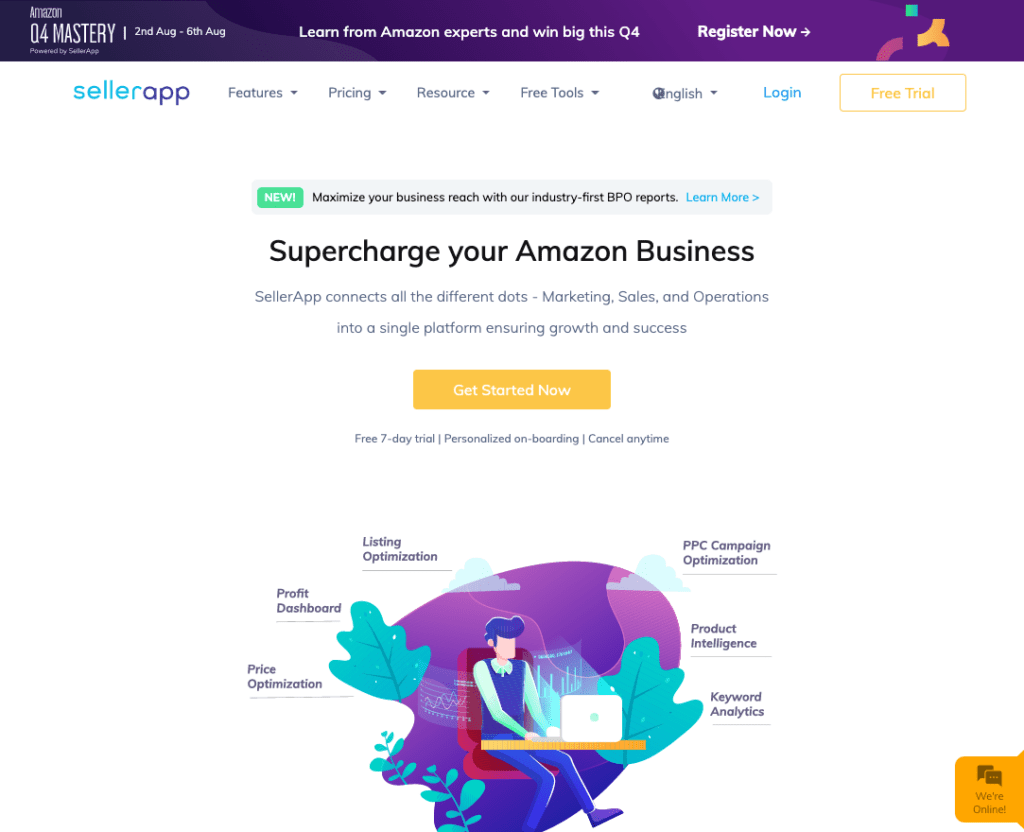
Pricing: $99–$199 (Offers customized pricing)
Services: SellerApp offers services covering sales, marketing, and operations management. Their basic package includes keyword research and tracking. They also offer PPC analysis, product research, and profit dashboards.
Supplykick

Pricing: Not specified; contact them for inquiries.
Services: The services offered by SupplyKick include keyword optimization, product photography, A+ Content, and branding. Aside from these tasks, they also offer help in advertising, brand management, logistics, and fulfillment.
Viral Launch

Pricing: $69–$199
Services: Imagine Viral Launch as a virtual store where you can shop for the software you need for your keywords, product analysis, competitor research, and PPC. Aside from these, you can also have consultations and continuous monitoring of numbers depending on the package you sign-up for.
WebFx
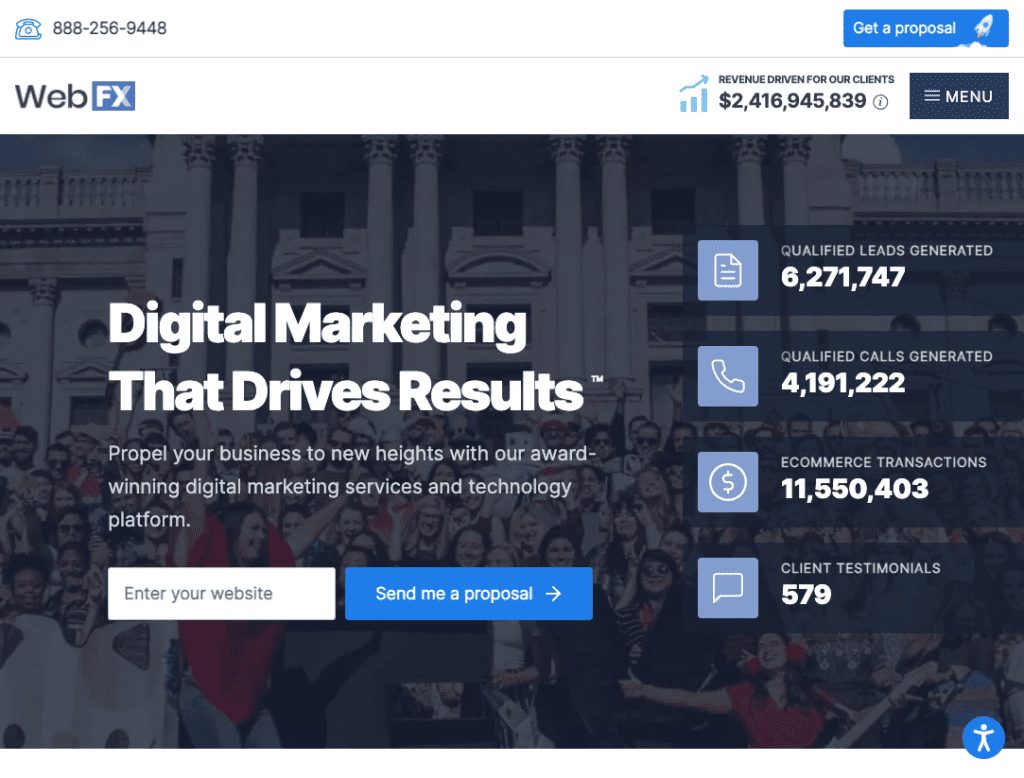
Pricing: $1,300–$4,575
Services: WebFx offers different services in SEO and digital and social media advertising. Signing up for essential Amazon SEO includes up to 20 products on the platform with 25–50 keywords per product plus product category optimization. Other packages include more in-depth services like brand registry, competitor analysis, and monitoring of different factors affecting your Amazon’s business success.
Jungle Scout
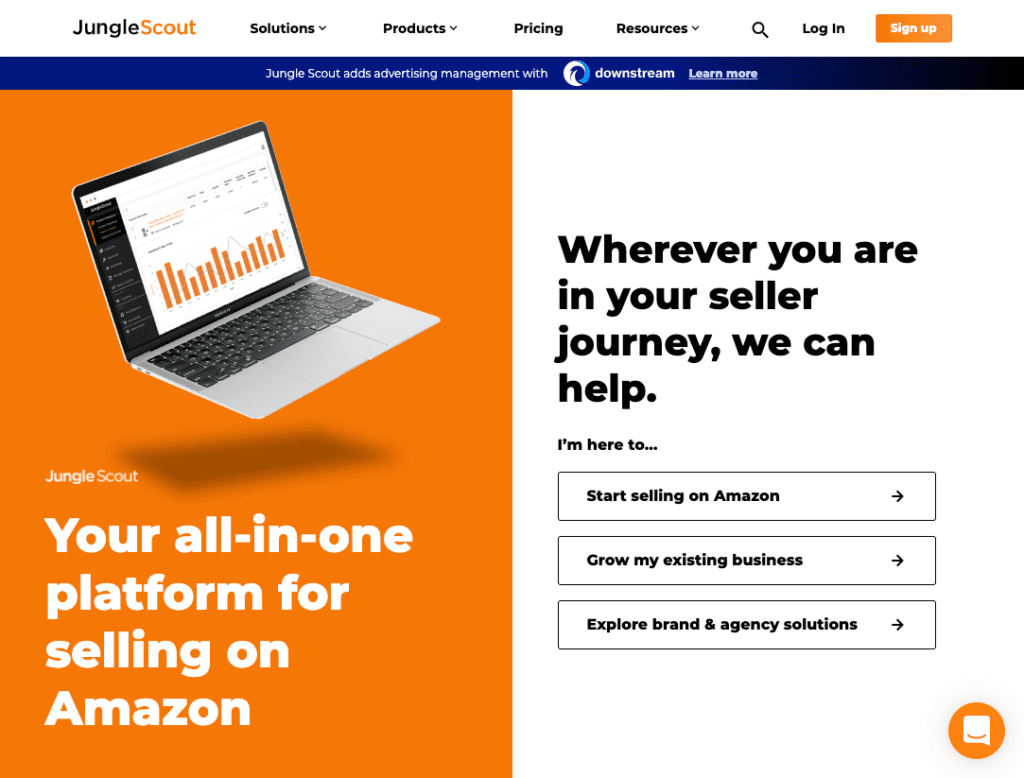
Pricing: $29–$999
Services: Choose from standard plans and packages by partnering with Jungle Scout. Their offers are helpful for budding Amazon businesses and established accounts alike, with services in product research, data tracking and analysis, review management, inventory and supplier tracking, and training.
Helium 10
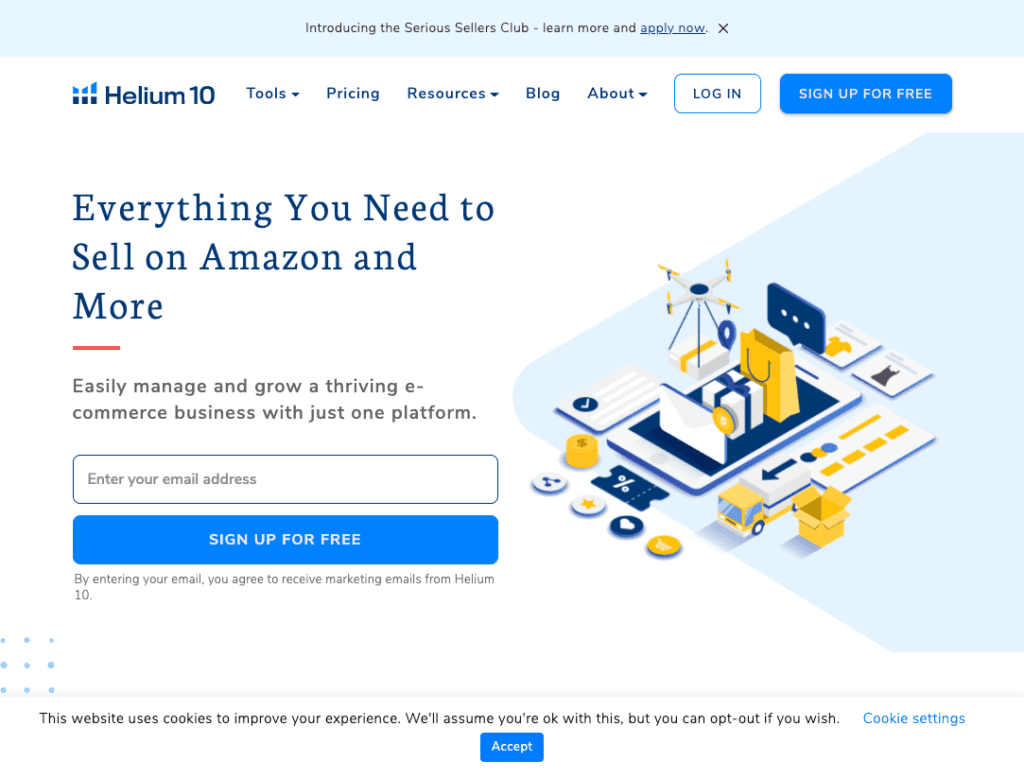
Pricing: $37–$197 (Offers customized pricing)
Services: Helium 10 is another service provider you can rely on for software and tools to make your Amazon SEO and other tasks more manageable. For listing optimization, the software can provide thousands of different keyword types you can include in your listing and ad content.
Team4eCom
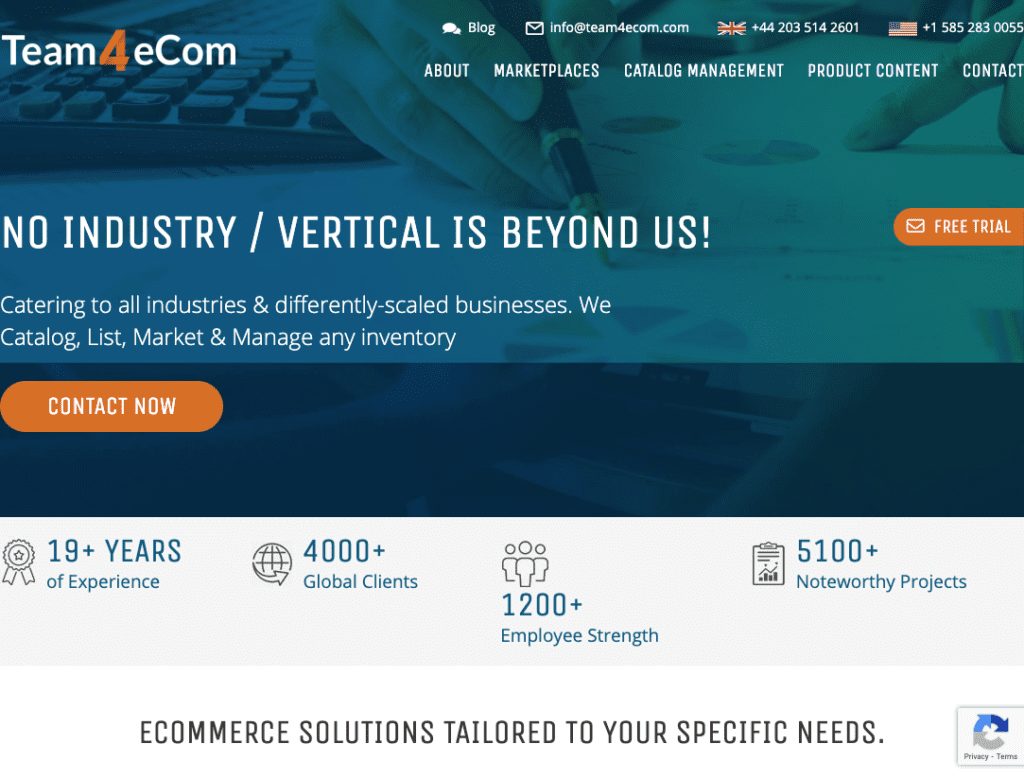
Pricing: It is not specified, but you can send them an email or contact them for inquiries.
Services: Team4eCom offers services to sellers in different eCommerce websites—including Amazon. SEO, advertising, A+ Content, photo editing, and competitor analysis are some of the services they offer.
HighOnRank
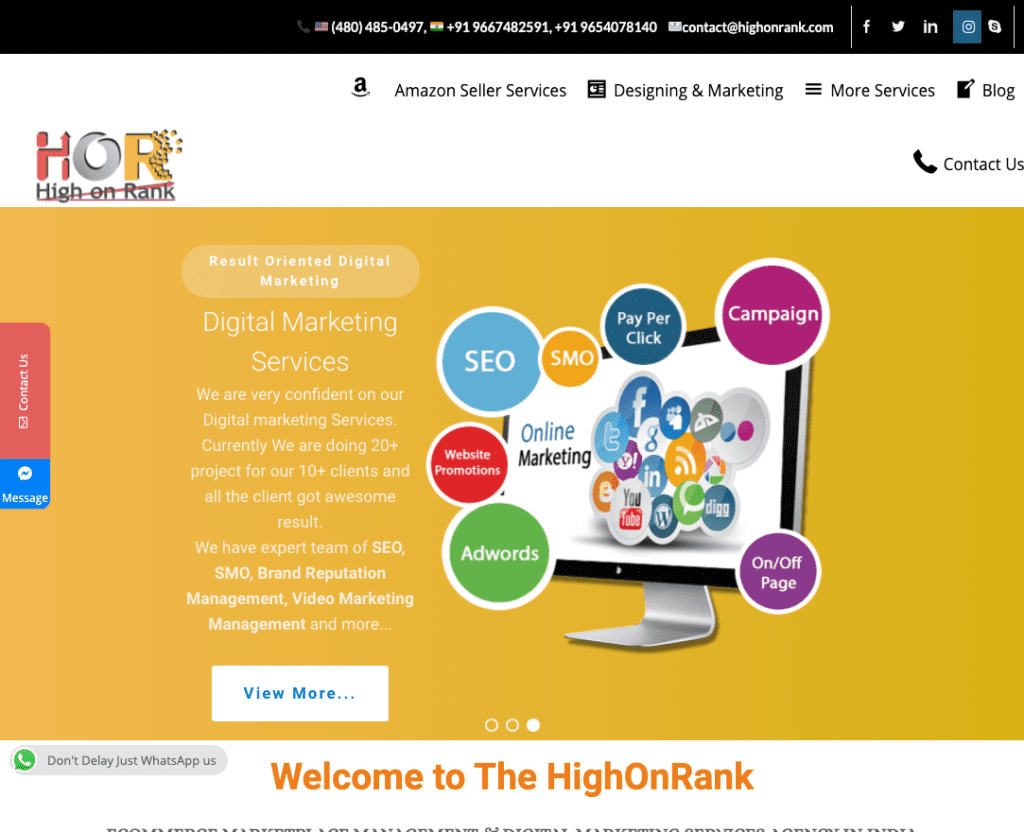
Pricing: It is not specified, but you can send them an email or contact them for inquiries.
Services: This agency can help you every step of the way. They offer services from Amazon seller registration, listing optimization, advertising, account reactivation from suspension, and different graphics and web designing needs.
They begin with keyword research for listing optimization and include bullet points, descriptions, titles, and product images.
2ndOffice
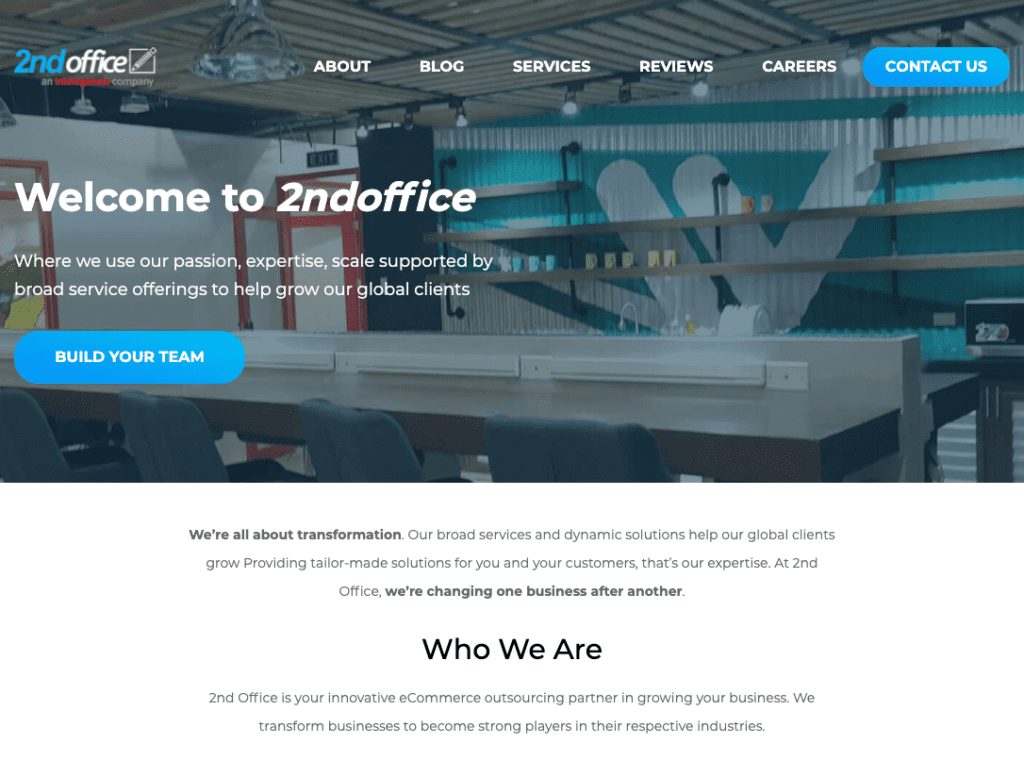
Pricing: Not specified; contact them for inquiries.
Services: For Amazon, eBay, Etsy, WordPress, and other sites where you’ll need digital assistance, 2ndOffice has got you covered.
They offer essential services for Amazon sellers like you, such as listing optimization, photo editing, competitor research and analysis, customer support, and virtual assistance. The other services they offer are HR, accounting, and real estate outsourcing.
Seller Interactive
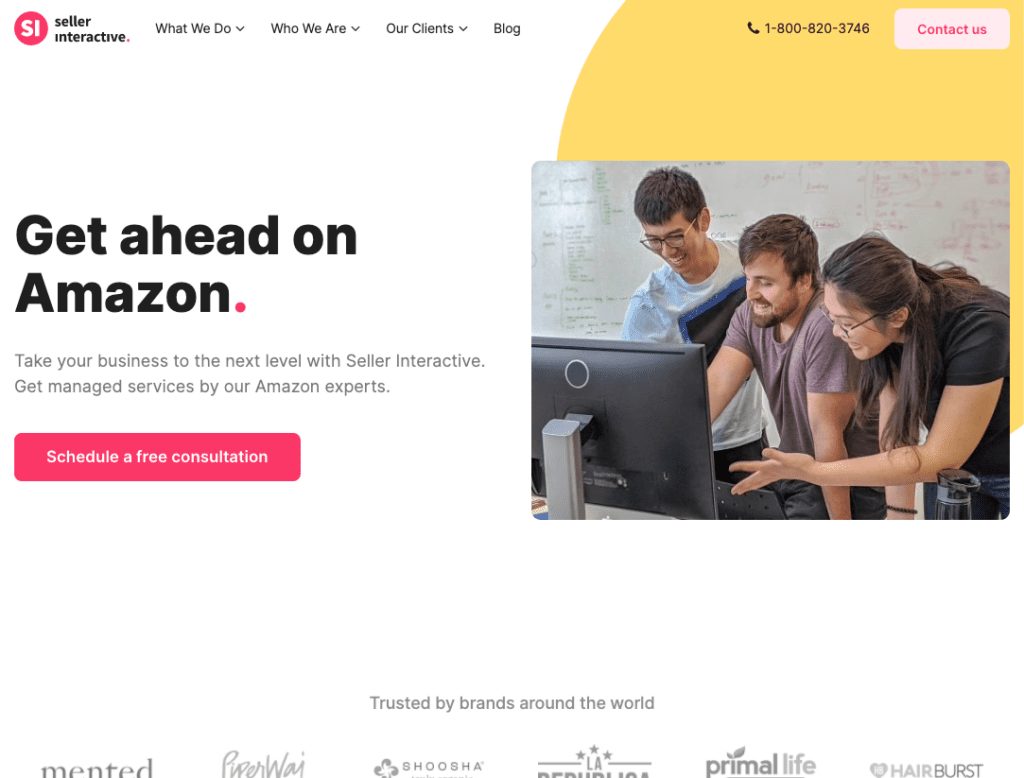
Pricing: Not specified; contact them for inquiries.
Services: Another one-stop-shop agency that offers assistance from the moment you launch your Amazon store to listing optimization, advertising, suspension appeal, account reinstatement, and Fulfillment by Amazon.
For Amazon SEO, an expert team will conduct a step-by-step process to ensure that your listing is optimized. Sellzone is another tool you may want to use for research.
Amazon SEO Dos and Don’ts
Before we end this guide, check out the common mistakes you should not be doing and the best practices you should follow. Doing the right steps and staying away from these common mistakes can ensure the smooth flow of your business and avoid any suspensions or negative feedback.
Keyword usage: Do be consistent with keyword usage on your listing and ads. What you use on the listing should be used for your ads as well. Nonetheless, don’t hesitate to adjust your keyword strategies, especially for words that do not convert.
Keyword stuffing: Amazon is equipped with bots that crawl through Amazon listings and flag keyword stuffing. Don’t overdo keywords, as it can lead to account suspension. However, do check Amazon suspension tips for other practices you can introduce to run your business smoothly.
Character limits: Amazon is governed by product listing requirements which include character limits. Do ensure that you are well-versed with these regulations. Don’t go overboard by writing bullets and descriptions that are too wordy.
Images: Do optimize your images by changing file names. It is also essential to follow the image guidelines set by Amazon. Do not underestimate the power of high-quality images, and delegating these tasks to professional photographers and graphic designers would be the best move.
Content: Do keep your content short, informative, and factual. Appeal to your viewer’s intellect and emotions. Provide specific details of the product features like measurements, dimensions, colors, and materials used. At the same time, express how the product can make their lives better to appeal to their buying instinct. Do not, under any circumstances, hard sell.
Final Thoughts
Like a soldier getting ready for war, you must be equipped with the must-know information about Amazon listing optimization. But if you choose to partner with an agency, you’ll have a whole army behind you ready to enact strategies that can pull your listing up the search engine results, appear to the right audiences, get clicks, and of course, gain sales.
Remember that Amazon product listing optimization is not a one-time process but a continuous one. After bringing your strategies to life, you’ll need to monitor them, make adjustments based on data, and continue planning on how you can grow your business.
